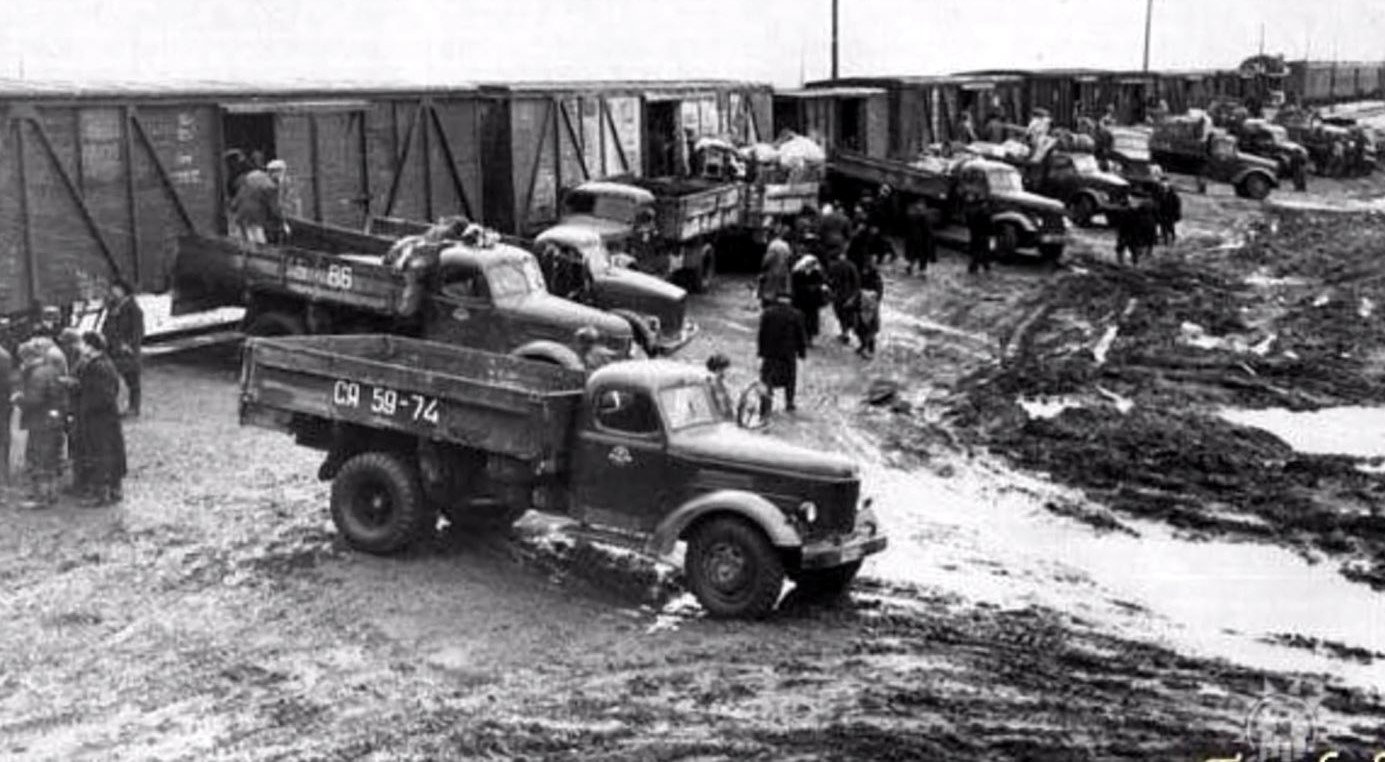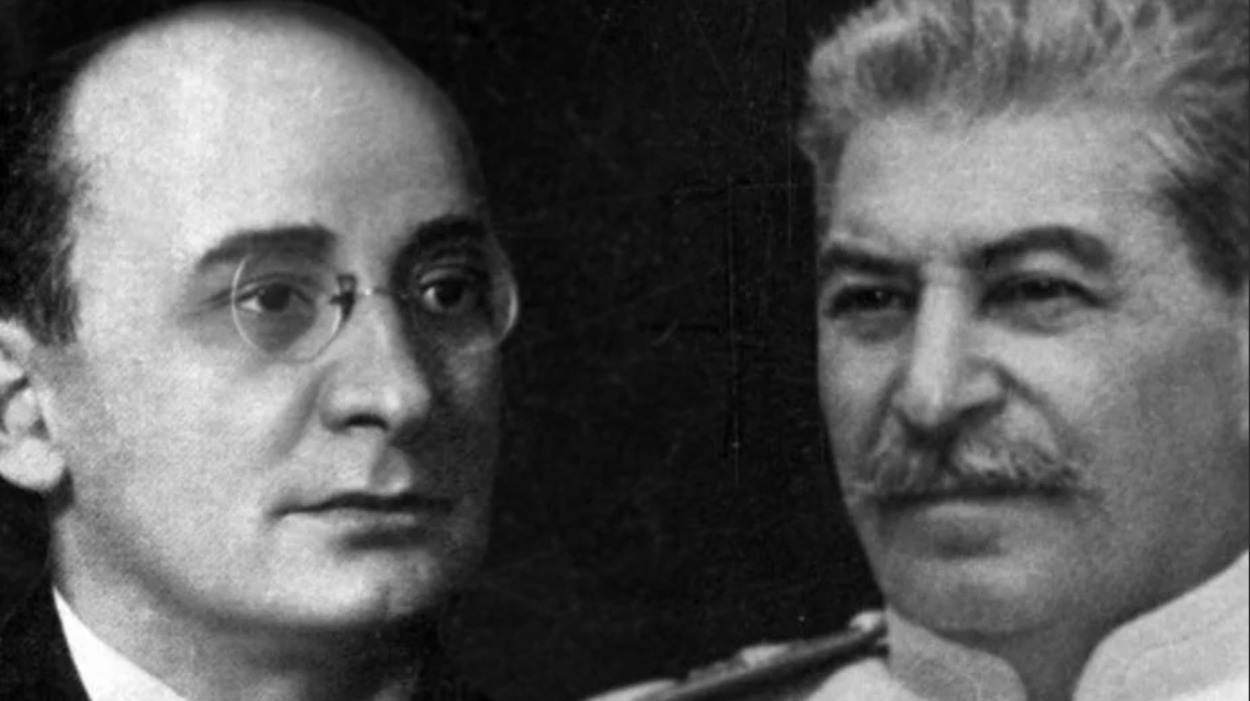


Author: Anton Vatcharadze
On November 15, 1944, began the implementation of Order №001176 of the People’s Commissariat for Internal Affairs (НКВД). The Order entailed the forced resettlement of the ethnic and religious groups of “Turks[1], Kurds, and Hemshins (Muslim Armenians) living on the territory of the Georgian Soviet Socialist Republic”. As enemies of the people, they were resettled to Central Asia and deprived of the right to return. According to the July 31 of 1944 Ordinance №6279сс of the State Committee for Defense, signed by Joseph Stalin, the people affected by the policy of forced resettlement were residents of 200 villages in southern Georgia – 86,000 people (according to the summary telegram by Beria, the total number of resettled people was 91,095) – as well as 41,000 members of the military who had fought on the frontlines of the Second World War.
Pashali Sultanov, a descendent of one of the Muslim Meskhetians who was resettled, attempted to locate documents that would explain the reasoning for the relocation during his time studying at university. He found only a single newspaper article from 1989 that touched upon legislative issues. According to this article, the reason for forced resettlement was better border control – supposedly, the ethnic minorities dwelling in southern Georgia crossed the border too frequently.[2]
41,000 Muslim Meskhetians were called upon for World War II. Only 14,000 returned home. According to the data from January 1, 1953, only 3,500 out of the 14,000 remained alive. Most of them had perished from wounds or succumbed to various diseases.
In 1989, the “Turkish Meskhetians” had to resettle once again. Uzbekistan, Fergana region, became the site of prosecution of Turks and the situation escalated to ethnic conflict. In the end, 70,000 Muslim Meskhetians were forced to leave their homes and resettle to Azerbaijan, Russia or other countries on a permanent basis. Explaining the reasons for this ethnic conflict is difficult: various groups of researchers have come up with a total of five different reasons – from a small disagreement initiated at a market to a conflict between criminal organizations to political conspiracy.
It is interesting to note that a part of the “Muslim Meskhetians” was forced into resettlement a third time. For example, in 2014, before the initiation of armed conflict in Eastern Ukraine, 2,000 “Muslim Meskhetians” lived in the Donbass region, most of whom had to relocate because of the aggression from the Russian side. The majority travelled to Turkey.[3]
The current circumstances of “Muslim Meskhetians”, the legislative status defined for them by the Georgian state and the procedures for their repatriation has been a topic of wide-ranging discussions for years and mediators from various European institutions are involved in this relationship. This topic is an object of a separate study, while in the present article IDFI wants to instead overview some of the most important documents issued in 1944 that became the basis of the forced resettlement of ethnic groups from southern Georgia.
The documents (in printed form) are available in the Alexander Iakovlev Electronic Archive. The Archive was constructed after the dissolution of the Soviet Union with documents disclosed by the archives of the Russian Federation. These documents had at several points been published in various document collections. Despite the fact that the electronic archive contains only a small share of the copies of documents, the printed versions of the documents stored at the Alexander Iakovlev Archive are used as originals by the scientific communities across the globe, since original versions of the documents are still not accessible. [4]
IDFI translated five principal documents, the overview of which will follow below:
- Ordinance №6279сс of the State Committee for Defense of USSR on the resettlement of Turk-Meskhetians, Kurds and Hemshins from border regions of the Georgian SSR. July 31, 1944.
- Order №001176 of the People’s Commissariat for Internal Affairs (НКВД) on the resettlement of Turks, Kurds and Hemshins from border regions of the Georgian SSR. September 20, 1944.
- Instructions for the procedures for the resettlement of Turk-Meskhetians, Kurds and Hemshins (addendum to Order №001176 of НКВД of USSR). September 20, 1944.
-Telegram of the People’s Commissar for Security of the Georgian SSR, A. N. Raphava, to the Commissar of Internal Affairs of the Soviet Union, L. P. Beria, regarding the initiation of the resettlement of Turkish Meskhetians, Kurds and Hemshins. November 15, 1944.
- Explanatory note of the People’s Commissar for Internal Affairs, L. P. Beria, to I. V. Stalin, V. M. Molotov, G. M. Malenkov – regarding the progress of the operation for the resettlement of Turks, Kurds and Hemshins from the border regions of the Georgian SSR. November 28, 1944.
The documents clearly show the actions carried out by the Soviet government against their own citizens. The reason for the forced resettlement of innocent populations were the developments of the Second World War and the perceived threat that the majority of Muslim Meskhetians, Kurds and Hemshins would join the Turkish side on religious basis. At the time, Turkey was not an ally to the Soviet Union, and it is possible that the leadership at Kremlin perceived a threat from this direction, although it should be noted that in the beginning of 1944 Turkey ceased providing the raw materials require by Nazi Germany for the war, severed diplomatic ties in August of that year, and in February 1945 Turkey joined the side of the Allies in the war. Consequently, the reasoning given for the resettlement of the populations of southern Georgia in mid-November 1944 – namely that they were a threat in World War II and may join Turkey – was nothing more than an excuse for ethnic cleansing in the region and, simultaneously, for the settling of the vast empty territories of Central Asia.
To accomplish the goal of resettling 86,000 people, 20,000 soldiers were assigned to the task from among the units of People’s Commissariat for Internal Affairs, as well as 4,000 operational workers of НКВД-НКГБ. 900 units of the “Studebaker” type trucks were mobilized for the resettlement effort. High-ranking officials of the National Defense Ministry and the People’s Commissariat for Internal Affairs – Avksenti Raphava, Bogdan Kobulov and Grigol Karanadze - were tasked with the general management of the operation.

Before initiating the operation, agent reports pertaining to the contingent targeted for resettlement were closely studied, including reports from informers that later themselves became victims of the operation. Members of the Commissariat for Internal Affairs were sent to study the situation in the field prior to the operation. These operatives marked spots in 5 districts of Georgia and in Ajara were an ambush could be prepared in the ravines, in addition to controlling the valleys and trails that led to the border and adjacent districts; detailed plans for sieging settlements were drawn up and plans were made for the placement of reserve units in spots where they could swiftly be sent to the places of resistance.
The instructions handed out to the employees of the People’s Commissariat for Internal Affairs contain such notes, as – “with the anticipation of anti-Soviet outbursts and the threat of attack on operatives, district officials should be on constant fighting alert and in the event of resistance take decisive actions for immediate elimination”, “act strictly and convincingly, without unnecessary fuss, noise or panic.” In other words, it was decided that even minor resistance should be suppressed at gunpoint.
In the morning of November 15, men inhabiting the villages oof southern Georgia that had been marked for forced resettlement were assembled and informed that, according to the decision made by the Soviet government, for the purposes of improving the national border protection of the Georgian SSR, they were subject to resettlement to the southern districts of Central Asia. Each family was allowed to carry household items (clothes, shoes, agricultural or household equipment) up to 1500 kg. By 18:00 in the same evening, according to the telegram sent to Beria by Rapava, 26,591 people were arranged in echelons and ready for relocation.
Telegram of the People’s Commissar for Security of the Georgian SSR, A. N. Raphava, to the Commissar of Internal Affairs of the Soviet Union, L. P. Beria, regarding the initiation of the resettlement of Turkish Meskhetians, Kurds and Hemshins. November 15, 1944.
The original copy of the document is not available. We present a stylized version of the document and its translation.
After the end of the operation, on November 28, Beria notified Stalin, Molotov and Malenkov with a telegram discussing the motive and final result of the forced resettlement effort:
“A significant share of the population who had familial ties with the inhabitants of the bordering districts of Turkey, were engaged in smuggling, expressed intent to emigrate, and constituted a source for recruitment as spy elements and the formation of bandit units for the Turkish intelligence services. The operation to resettle the populations of the Adigeni, Akhaltsikhe, Aspindza, Akhalqalaqi and Bogdanovk districts was carried out on November 15-18 of the current year and November 25-26 of the current year in the Ajarian ASSR. In total, 91,095 people were relocated.”
As the telegram sent to Kremlin reveals, the operation met no resistance and the population obeyed the instructions given to them and set out on the long journey to Central Asia, where a life of hardship awaited them. The next generation, in 1989, would face yet more hardship.

See the full versions of the documents translated to Georgian by IDFI here.
[1]The official documents of the Soviet Union refer to the people of these groups as “Turks” or “Turk-Meskhetians”. As a result, the mistaken term (“Turkish Meskhetians”) entered common usage, even though in reality the ethnic group were Muslin Meskhetians and had no actual relation with Turks.
[2]https://ukrainer.net/the-meskhetian-turks/
[3]https://www.worldbulletin.net/diplomacy/turkey-welcomes-meskhetian-turks-from-east-ukraine-h167797.html
[4]https://www.alexanderyakovlev.org/